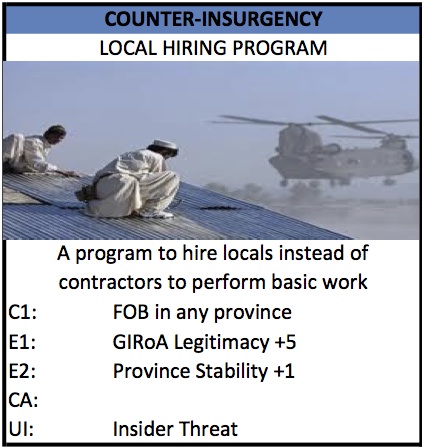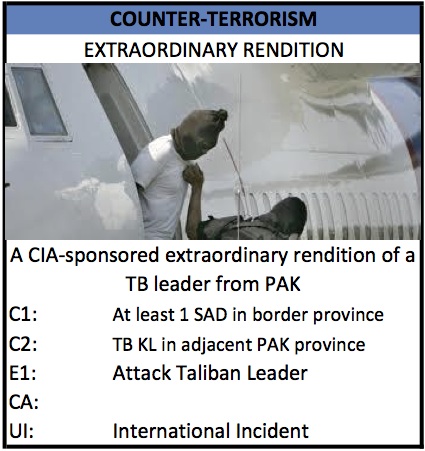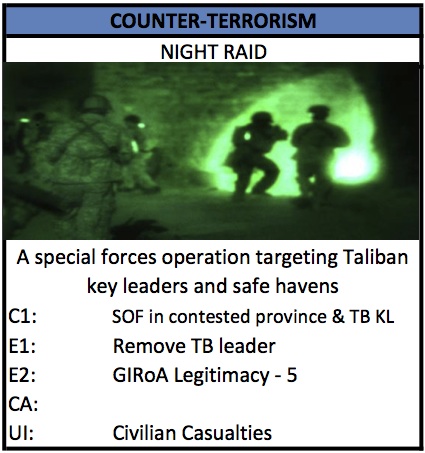 |
Keep Calm and Grog On! |
|
| Home | About Us | Article Index | Forums | Dice | GrogShop | GH ON FACEBOOK | GrogNews |
Let Your Grog Flag Fly!Recent ArticlesGARPA 17, 4/26/13 SimCity AAR Part 1, 4/25/13 Announcing MayViation, 4/24/13 Second Look at Wargame AirLand Battle, 4/21/13 First Look at Wargame AirLand Battle 4/19/13 AAR of Dark Age Minis Battle, 4/18/13 Video Review of Zulus on the Ramparts, 4/14/13 GARPA 16, 4/12/13 Crusader Kings II AAR Part 16, 4/11/13 Book Review: Ninja: 1000 Years of the Shadow Warrior, 4/10/13 Review of Bioshock INfinite, 4/7/13 Review of XFX PRO650W Core Edition PSU, 4/5/13 Civilization V AAR, Part 13, 4/4/13 Fire with Fire, 3/31/13 GARPA 15, 3/29/13 Civilization V AAR, Part 12, 3/28/13 Wheaton INterview, 3/27/13 March Mayhem Winner, 3/25/13 Warlock Multiplayer AAR, 3/21/13 WWII PTO Alternate Histories, 3/20/13 GARPA 14, 3/15/13 Crusader Kings II AAR, part 15, 3/14/13 Civilization V AAR, part 11, 3/7/13 Prezcon Convention Coverage, 3/2/13 Civilization V AAR, part 10, 3/3/13 |
The Long War, A Developer's DiaryPart One: Furious BeginningsBy Christopher Davis, 14 May, 2012Christoper Davis gives us the inside scoop on his development of The Long War (working title), based in large part on his personal experiences on-the-ground in Afghanistan.I have always been a fan of games. Now that I’m (temporarily) unemployed, recently separated from the Army, I have plenty of time on my hands to play games and, now, to design them. The idea for The Long War came in a flash of insight, and so for the last week I have been furiously been building the rule-set with shows like Modern Family, the Voice, and HGTV running constantly in the background. Except for the lousy pay, it has become a full time job in itself.
Exploring the ConflictThere are two questions I really desire to see “explained” through the game-play. These questions came to mind while I spent a year overseas with 1-101 in northern Kunar (and to make sure I got the full Afghan experience, a few weeks in eastern Nuristan also). The first question was: why don’t we have more helicopters? As one of the most capabilities militaries in the world, we were hemmed in by mountains that we could neither drive or walk over, with known enemy safe havens less than a few kilometers away straight line distance. But we spent a year doing virtually nothing about it because we didn’t have enough helicopters; which were almost always tied up doing log runs, supporting troops in contact, and other distant operations that seemed less important than what we wanted to do. The second question was: why can’t we kill more bad guys? Even if we had the helicopters, and even if we had just half the confidence we had in known enemy locations, we were still hamstrung by a series of complicated rules that restricted our ability to deliver our most developed tool: firepower. In a conversation with the brigade targeting chief, when I asked him who came up with these rules and why, he said, “I don’t know and neither does IJC (International Joint Command),” the originator of the restrictions. So we spent the year reading reports about enemy decisions and movements, and since we could do little about it, it felt more like reading a novel than executing any kind of plan or strategy. These two questions can be summed into this: how does the policy/strategy context shape tactics and the outcome of conflict?
|
Please support the folks that support GrogHeads
|
Copyright ©2012-2019, Grogheads, LLC. All rights reserved in the United States and throughout the world. All other products and copyrights mentioned on Grogheads, LLC are the property of their respective companies, and Grogheads, LLC makes no claim thereto.
GrogDice - Refresh the screen to roll a new set!
Or go here to roll a LOT of dice
 The Long War aims to simulate the Afghan conflict from a strategic perspective. Players will assume control of the military, political, and intelligence forces of the United States, the Afghan Government (GIRoA), and the Taliban throughout the 34 provinces and 4 major cities of Afghanistan and 8 Pakistani border provinces. Each side will have unique rules, units, leaders, cards, and victory conditions to reflect the different ways each side is organized. To portray the complex layers of the conflict, players will have to set policy, develop strategies, and execute tactics while managing bureaucratic momentum, personnel assignments, force structure, and popular opinion – not to mention the efforts of the enemy to thwart them at every turn.
The Long War aims to simulate the Afghan conflict from a strategic perspective. Players will assume control of the military, political, and intelligence forces of the United States, the Afghan Government (GIRoA), and the Taliban throughout the 34 provinces and 4 major cities of Afghanistan and 8 Pakistani border provinces. Each side will have unique rules, units, leaders, cards, and victory conditions to reflect the different ways each side is organized. To portray the complex layers of the conflict, players will have to set policy, develop strategies, and execute tactics while managing bureaucratic momentum, personnel assignments, force structure, and popular opinion – not to mention the efforts of the enemy to thwart them at every turn. Design
Design Players are primarily concerned with their respective faction ratings, such as US Domestic Opinion. These ratings influence how many cards can be drawn, how many actions can be completed, and are embedded in the victory conditions. Nearly every event will affect this rating directly or indirectly. Players will have a vested interest in the ratings of the other players, but it will not be as substantial.
Players are primarily concerned with their respective faction ratings, such as US Domestic Opinion. These ratings influence how many cards can be drawn, how many actions can be completed, and are embedded in the victory conditions. Nearly every event will affect this rating directly or indirectly. Players will have a vested interest in the ratings of the other players, but it will not be as substantial.